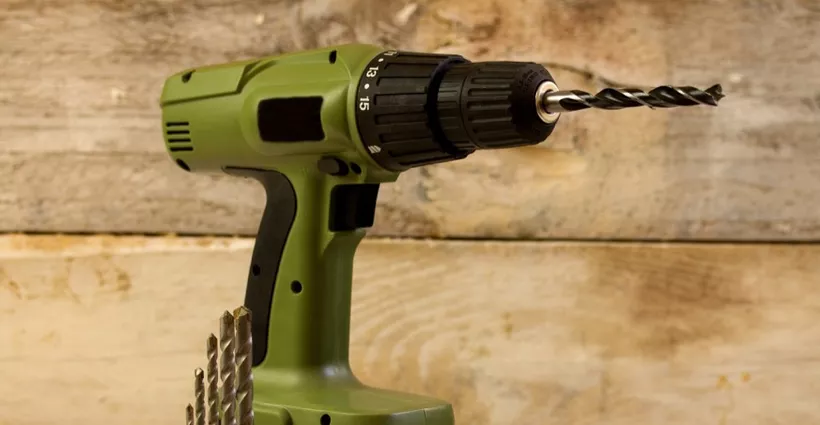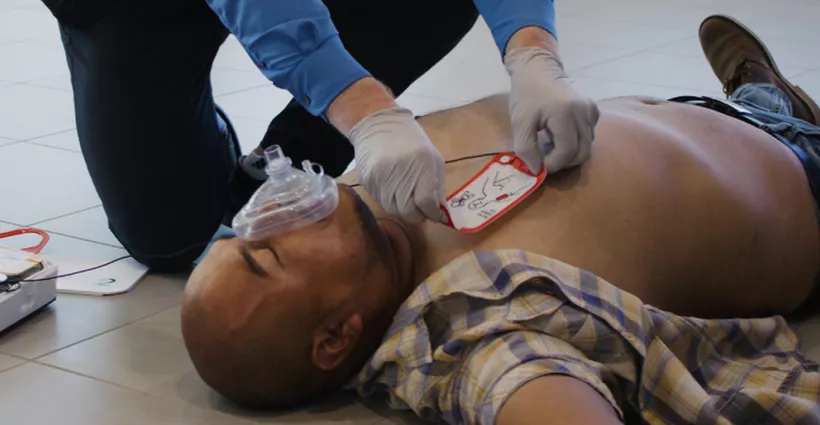Top Poison Prevention Tips for Families

30 Tips for Hand and Power Tool Safety
February 6, 2023
Active Violence Awareness: Enjoy Community Celebrations While Staying Alert
April 6, 2023Emergency Care
Poison centers across the United States respond to more than 2 million poison exposures each year. The vast majority (roughly 93%) of these exposures occur in a residence, meaning your home could pose hidden dangers.
We encourage you to use National Poison Prevention Week as a yearly reminder to inspect your home for potential poisons. This includes everything from medications and household cleaning products to poisonous plants found on your property.
Here are some poison prevention tips to keep your family safe year-round.
Young children are at increased risk of poison exposure
All ages, from infants to older adults, can fall victim to unintentional poisoning. However, young children below the age of five account for almost 40% of poison exposures, according to the most recent data from the American Association of Poison Control Centers (AAPCC).
If you have young children, poison prevention should be a top priority within your home.
Consider these poison statistics from the National Capital Poison Center (NCPC) based on 2020 data:
- One poison exposure is reported to U.S. poison control centers every 15 seconds.
- In children under the age of six, almost all (99.2%) reported poison exposures were unintentional.
- Cosmetics and personal care products were the most common poisons in pediatric exposures, followed by cleaning products and analgesics (e.g. pain medications).
- In terms of pediatric fatalities, fumes, gases, and vapors (including carbon monoxide) were the most frequent cause of death, followed by analgesics and other medications.
The good news is that most reported poison exposures were nontoxic, minimally toxic, or had only a minor effect. However, poison prevention is a subject we should understand and take steps to make our homes safer.
Poison prevention tips for your home and property
Incidents can be prevented by simply scanning your home and securing potential poisonous substances out of a child’s sight. Use the following categories to jumpstart your poison prevention efforts.
1. Medication safety
Safeguard against accidental medication poisonings by storing and disposing of medicine appropriately.
- Keep over-the-counter and prescription medication out of reach of children, ideally in a locked cabinet or behind a cabinet door with a child safety latch.
- Keep medicines in their original containers and properly labeled.
- Read medication labels before each use.
- Never refer to medicine as “candy” in an attempt to get your child to take it.
- Don’t share medications.
- Be aware of possible drug interactions if you’re taking more than one drug at a time. Talk with your healthcare provider, pharmacist or call the Poison Help Line at 1-800-222-1222.
Additionally, you should take steps to dispose of expired or unwanted medications properly.
2. Carbon monoxide dangers
Carbon monoxide is an odorless, colorless toxic gas that can quickly become a “silent killer”. The dangers of carbon monoxide can be present any time you burn fuel, such as when using a vehicle, gas range, furnace, or generator.
- Place a working carbon monoxide detector on each level of your home. Ideal spots include near bedrooms and close to furnaces or other heat sources.
- Replace your carbon monoxide detector batteries twice per year or as recommended by the manufacturer.
- Never use a gas range or oven to heat your home.
- Don’t use a generator in an enclosed space.
- Don’t leave your car running in the garage, even if the garage door is open.
If your carbon monoxide detector sounds, go outside immediately where you can breathe fresh air. Then, call for help.
3. Hidden poisonous household products
Household and personal care products are often overlooked as potential toxic substances. This typically includes cleaning products, as well as lotions, makeup, hand sanitizer, and more.
- Place personal care and household cleaning products out of your children’s reach. Choose products with child-resistant packaging for extra security.
- Keep household products in their original containers. Avoid storing household cleaners in food containers or glass jars as many liquid and pod laundry products are bright and colorful which can look enticing to young children.
- Always follow product instructions for safe and effective use.
- Leave the product label intact as it contains valuable first aid information.
Keep in mind that when mixed together, some cleaning chemicals can become toxic. For example, mixing ammonia with products that contain chlorine bleach can release a toxic gas for both people and animals.
4. Chemical safety
Be aware of the dangers of household chemicals and other poisonous items you use in your home and yard. This might include cleaning products, paint thinners, drain cleaners, pesticides, fertilizers, antifreeze, and more.
- Always wear protective clothing (e.g., gloves, long-sleeved shirt, safety goggles, etc.) when handling harmful chemicals.
- Store chemicals in locked cabinets and out of reach of kids.
- Have children and animals avoid areas that have been sprayed with pesticides and other chemicals.
Be sure to immediately seal and store chemicals after each use. If you no longer need or want a chemical, dispose of it safely.
5. Be aware of mother nature
Animals, insects, and plants can pose a risk. Make sure the whole family can identify potential dangers specific to where you live.
- Know what poisonous snakes, spiders, and other animals live in your area.
- Clear your property of poisonous plants, such as poison ivy, oak, and sumac.
- Choose plants that are safe for pets.
Always have your children wear protective attire when exploring your property and during other outdoor adventures.
Original post: HSI


